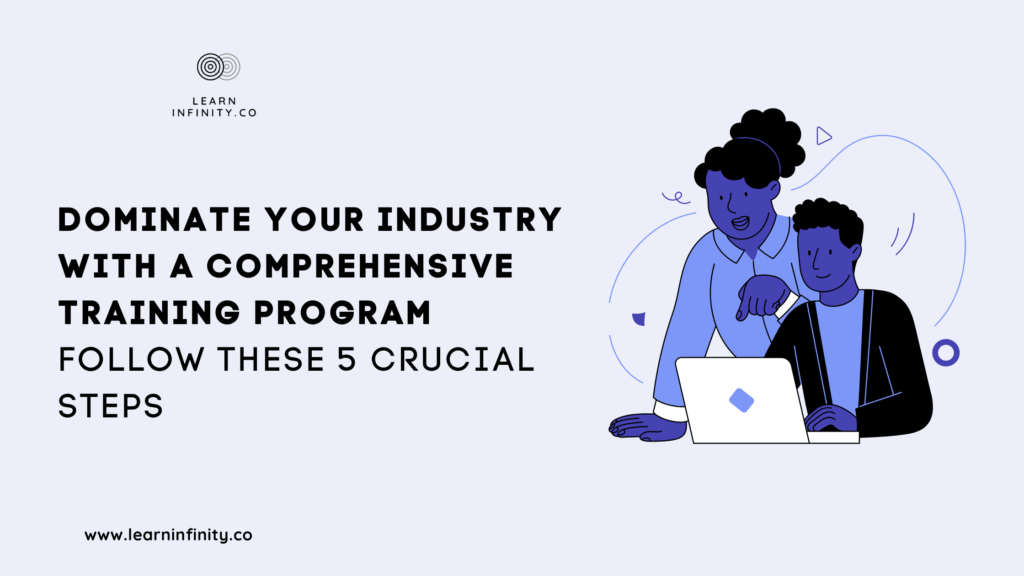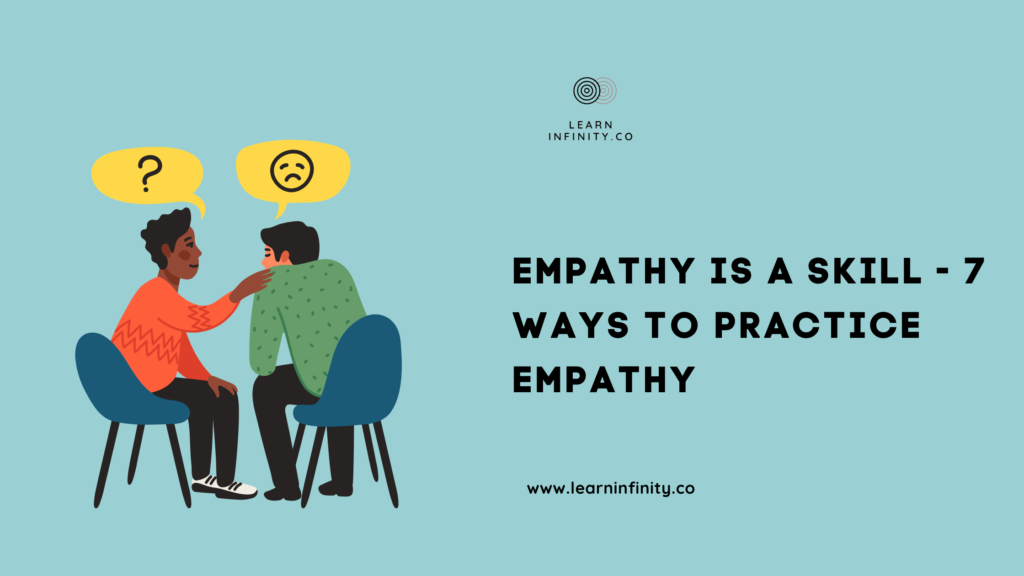According to a report by the World Economic Forum, the majority of top organizations worldwide prioritize developing skills and infrastructure for lifelong learning. As per the report, 94% of business leaders anticipate their employees to acquire new skills through training courses and other learning initiatives.
In today’s fast-paced business environment, continuous learning and development are crucial for organizations to stay competitive and adapt to changing market conditions.
A corporate learning and development platform can help companies achieve these goals by providing a centralized, user-friendly platform for employees to access training and development opportunities.
In this blog post, we will outline a five-step guide for modern businesses to build a corporate learning and development platform that meets the needs of their employees and organization.
Benefits of Corporate Learning and development platform
Implementing a corporate learning and development platform can provide a range of benefits for both employees and the organization as a whole. Here are some of the key benefits:
💪Improved Employee Performance
Corporate learning and development platforms offer employees access to high-quality training materials and resources, which can help them acquire new skills and knowledge. As a result, employees can perform their job duties more effectively and efficiently, leading to improved job performance.
😊Increased Employee Engagement
Providing employees with access to learning and development opportunities can improve their job satisfaction and engagement. This can lead to higher retention rates and a more motivated workforce.
💰Cost-Effective Training
By using e-learning courses and other digital resources, companies can significantly reduce the cost of training compared to traditional classroom-based training. This is especially beneficial for companies with large workforces, as it allows them to provide training to a large number of employees at a lower cost.
🔝Scalability
Corporate learning and development platforms can be easily scaled up or down as needed to accommodate changes in the organization’s workforce. This makes it easier to provide training to new employees, as well as to upskill or reskill existing employees as business needs change.
📝Improved Compliance
Compliance training is a critical component of many organizations’ training programs, and a learning and development platform can help ensure that all employees receive the necessary training and certifications.
How to build a Corporate Learning and Development Platform?
Step 1: Identify the Needs and Goals of the Organization

Before building a corporate learning and development platform, it’s essential to identify the needs and goals of the organization. This can be done by conducting a needs assessment, which involves analyzing the current skills and knowledge of employees, identifying skills gaps and development opportunities, and determining the training and development needs of the organization.
It’s also important to identify the goals of the platform. For example, is the platform designed to improve employee retention, increase productivity, or drive innovation? By identifying the goals of the platform, organizations can ensure that the platform is aligned with their strategic objectives and provides tangible benefits to the organization.
Step 2: Select the Right Learning Management System (LMS)

Once the needs and goals of the organization have been identified, the next step is to select the right learning management system (LMS) for the platform. An LMS is a software application that provides a platform for delivering and managing learning content, tracking learner progress, and generating reports on learning outcomes.
When selecting an LMS, it’s important to consider factors such as ease of use, scalability, compatibility with existing systems, and the level of support and customization provided by the vendor. It’s also important to consider the features offered by the LMS, such as mobile access, social learning, and gamification, to ensure that the platform meets the needs of modern learners.
Step 3: Develop Engaging and Relevant Content
Once the LMS has been selected, the next step is to develop engaging and relevant content for the platform. This can include a mix of formal training programs, on-the-job training, e-learning modules, videos, and other resources.
When developing content, it’s important to ensure that it’s relevant to the needs and goals of the organization and the learners. Content should also be engaging and interactive, incorporating multimedia elements such as videos, quizzes, and gamification to enhance learner engagement and retention.
Step 4: Encourage Learner Engagement and Participation
To ensure the success of the platform, it’s essential to encourage learner engagement and participation. This can be done by promoting the platform and its benefits to employees, providing incentives for participation, and fostering a culture of continuous learning and development.
It’s also important to provide opportunities for social learning and collaboration, such as discussion forums and peer-to-peer learning, to enhance engagement and promote knowledge sharing and collaboration.
Step 5: Measure and Evaluate Learning Outcomes
Finally, it’s important to measure and evaluate learning outcomes to determine the effectiveness of the platform and identify areas for improvement. This can be done by tracking learner progress and performance, gathering feedback from learners and stakeholders, and analyzing data on learning outcomes and business results.
By measuring and evaluating learning outcomes, organizations can ensure that the platform is aligned with their strategic objectives and provides tangible benefits to the organization.
Tools used for Corporate learning and development
Learning Management Systems (LMS)
LMSs are software applications designed to manage, deliver, and track online training programs. They provide organizations with a centralized platform for creating, managing, and delivering e-learning content to employees. LMSs can also track employee progress, generate reports, and provide analytics to measure the effectiveness of training programs.
Virtual Classroom Tools
Virtual classroom tools allow instructors and learners to connect remotely through video conferencing, chat, and other collaboration tools. They provide a way to conduct synchronous training sessions that simulate the experience of a traditional classroom, with the added benefit of being accessible from anywhere.
Video-based Learning Platforms
Video-based learning platforms are becoming increasingly popular as a way to deliver training content. They offer a more engaging and interactive way to learn compared to traditional text-based content. These platforms can include features like interactive quizzes, assessments, and discussions to facilitate learning.
Gamification Platforms
Gamification platforms use game mechanics, such as points, badges, and leaderboards, to motivate and engage learners. They provide a fun and interactive way to learn and can be used to reinforce key concepts and behaviors. Gamification platforms can be used to create custom games or to add gamification elements to existing training programs.
In conclusion, building a corporate learning and development platform can be a valuable investment for modern businesses looking to improve employee performance, increase productivity, and drive innovation. By following these five steps, organizations can build a platform that meets the needs of their employees and organization and provides tangible benefits to the business.






